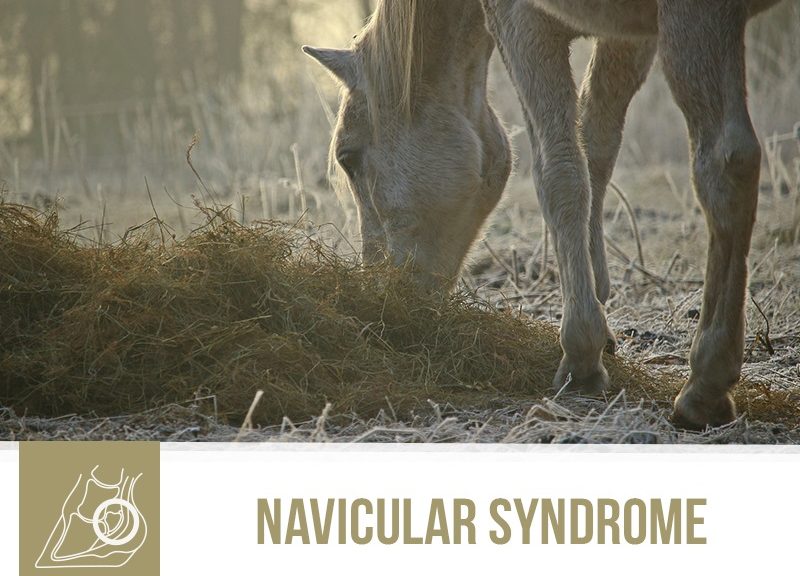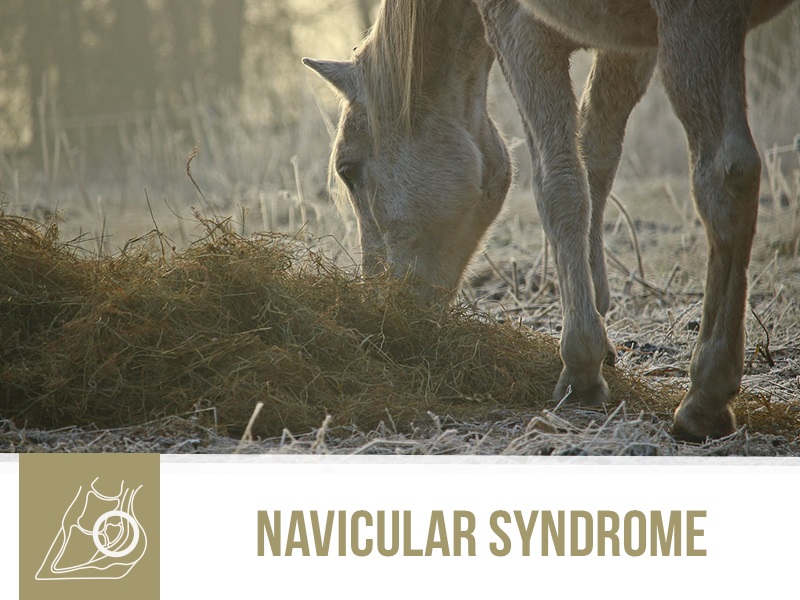Taking our pets on holiday is a growing trend, and there is nothing like having your furry buddy with you on adventures abroad!
But did you know that your dog, cat or ferret will need a passport if they are going to travel with you outside of the UK?
Owners are responsible for ensuring that their pets are fully compliant with the rules of the EU pet travel scheme and, to do that, you’ll need to schedule an appointment with your Vet so he or she can help you meet the requirements.
To have a passport issued, your pets will need to be microchipped, and before you’re allowed to exit the country with them, there are other requirements they’ll need to meet:
#1: They must be older than 15 weeks of age;
#2: They must have a valid rabies vaccination;
#3: Tapeworm treatment if needed.
While some EU countries will allow young unvaccinated pets to travel (subject to certain conditions), the UK does not permit this.
Tick treatment is no longer a legal requirement to travel; however, regular parasite treatments are usually advised whether your pet is travelling or not.
It is crucial to acknowledge that entry requirements vary according to the country you’ll be travelling to and failure to comply with them can mean your pet will be quarantined or sent back to the country it travelled from at your expense, so make sure that you have everything up to date!
If you have any more questions about travelling abroad with your pet, please visit: https://www.gov.uk/take-pet-abroad.
Would you like to know more about dogs? Check our Canine Courses:
![]()



